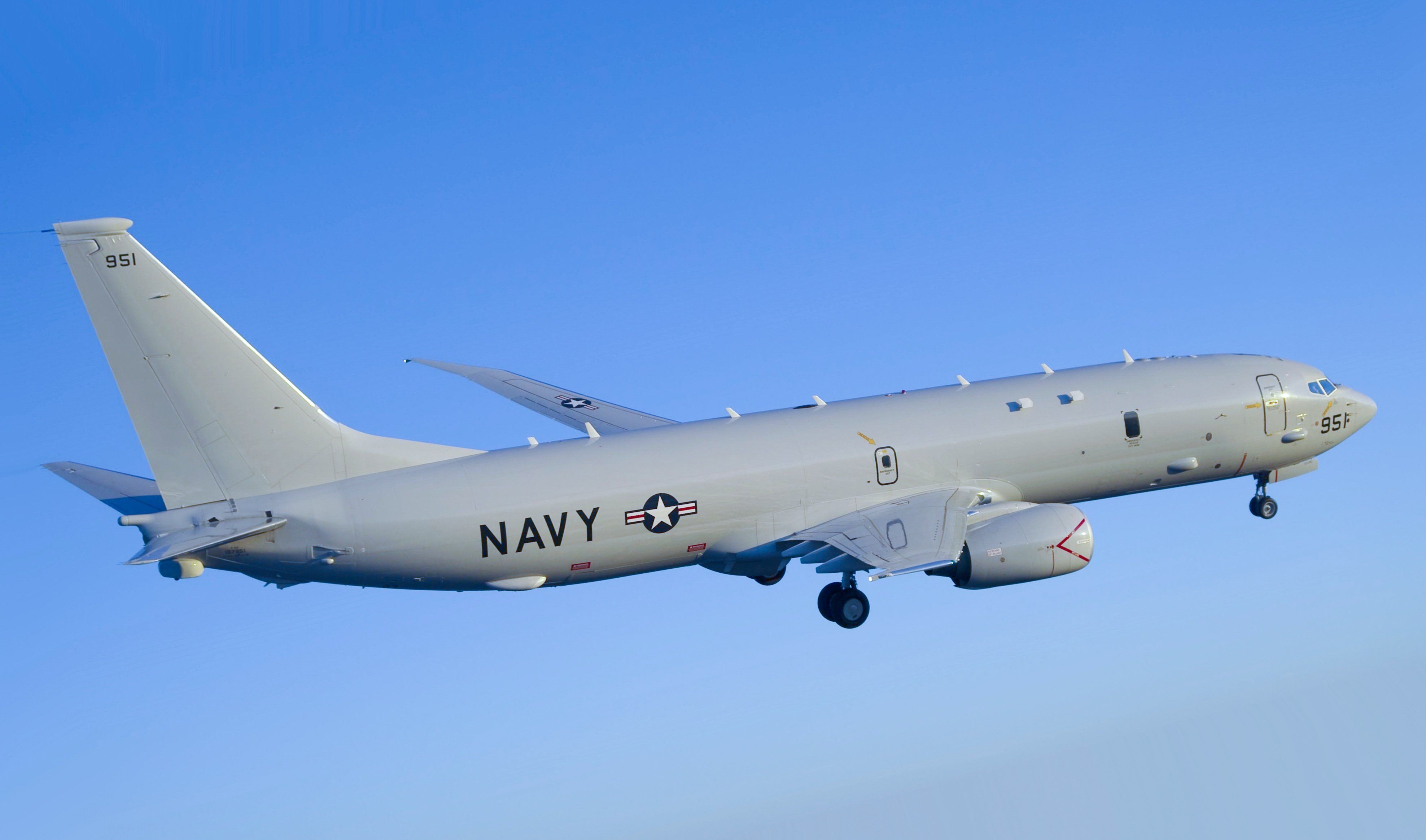
Boeing is looking at offering derivatives of the 737 MAX to replace NATO militaries’ fleets of aging and thirsty Boeing 707s, according to a report by Aviation Week. The Boeing 707 was the starting airframe for 140 special observation aircraft still in use around the world (including the E-6, E-3, E-8, RC-135, OC-135 and WC-135). The most produced military variant of the 707, the KC-135 Stratotanker, is being replaced by the Boeing KC-46A, which is derived from the Boeing 767 platform. Many of the Boeing 707 variants entered service in early 1960s.
Boeing currently makes the P-8 Poseidon, a 737-based system, for the U.S. Navy as a Multimission Maritime Aircraft—in addition to observation roles, it can drop sonar buoys, depth charges, torpedoes and anti-ship missiles. Boeing’s next target is the contract to replace the E-8 J-Stars, after which they hope savings in maintenance infrastructure, pilot training and purchasing volume discounts will begin to cascade. Jim Eisenhart, a Boeing Defense, Space, and Security executive, told Aviation Week, “Starting with J-Stars, because that’s the oldest and probably most crippled, we devised a strategy where the savings from one platform would flow into the acquisition of the next. These savings would then flow into the next, and so on.”
Northrop-Grumman and Lockheed-Martin also intend to compete for the J-Stars replacement contact using commercially available airframes, but those companies have based their solutions on much smaller business jets—the Gulfstream G550 and the Bombardier Global 6000. Boeing says the reduced fuel costs of the smaller aircraft won’t add up to the savings generated by 737-sized production volume. “A replacement windscreen for a 737 costs around $5,000, versus around $70,000 for a Gulfstream—it’s just a matter of economy of scale.”


































